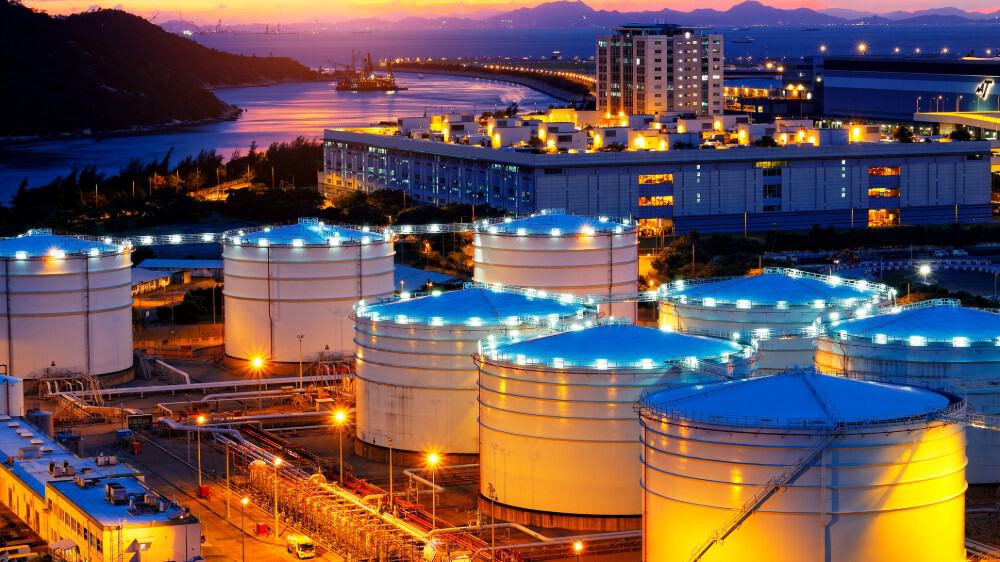After plunging to lows not witnessed since 2002, oil prices rallied on news that Russia and OPEC had reach a new deal on production cuts. It was believed that after the signing of the historical deal signed that saw OPEC and Russia agreeing to shave 9.7 million barrels off their collective output, oil would spike.
This has not occurred, however, despite the price war between Saudi Arabia and Russia ending. Before the meeting, the North American benchmark price West Texas Intermediate (WTI) was trading as high as US$28 per barrel. Since the deal was announced, WTI has fallen to around US$23 per barrel, while the International Brent benchmark is trading at US$32 per barrel.
Nevertheless, oil stocks rallied significantly. Leading oil explorer and producer industry ETF, the Energy Select Sector SPDR Fund has gained a stunning 14% over the last month. There are fears that oil prices will weaken despite the latest agreement on production cuts.
Weaker oil here to stay
The coronavirus pandemic has forced the closure of the world economy, triggering the greatest decline in oil demand since the 1980s — and possibly of all time. Analysts estimate that April oil demand growth will plunge by 27 million barrels daily, and then by 20 million barrels in May and 15 million during June. This demand shock is applying considerable pressure to the price of oil even after OPEC’s latest deal.
Even the production deal, which will reduce global supply by almost 10 million barrels daily, will do little to alleviate the existing supply glut. Not only is supply growing because of increasing production from non-OPEC nations, but global inventories are close to capacity.
Oil storage will need to be drained before prices will rally. There are fears that global storage is close to capacity. Once there is no space left, oil prices will plunge, with some pundits predicting that WTI will fall below US$20 per barrel.
Reducing oil production
Weaker oil prices will have a sharp impact on oil producers, particularly in Canada’s energy patch. The latest oil price collapse has forced drillers to shutter operations. Baytex (TSX:BTE)(NYSE:BTE) already has shuttered 3,500 barrels daily of loss-making heavy oil production.
Athabasca Oil has shut-in its Hangingstone operation, reducing its oil output by around 2,500 barrels daily. Oil sands giant Suncor is also considering reducing its refinery utilization and lowering its global upstream production.
Analysts believe that heavy oil production in Western Canada will fall by over 1.1 million barrels daily during the second quarter of 2020. This, along with sharply weaker oil and a growing price differential between Western Canadian Select heavy oil benchmark and WTI will impact earnings in the energy patch.
Avoid this upstream producer
Baytex is particularly vulnerable because of its considerable pile of debt totalling almost $1.9 billion. Its 2024 debt maturity of around $555 million underscores the urgency with which Baytex needs to reduce its debt. The driller needs WTI to average around US$38 per barrel to be cash-flow neutral for 2020.
That is US$5 per barrel lower than the year-to-date average of US$43 per barrel and US$16 a barrel higher than the current market price, which doesn’t bode well for Baytex to generate free cash flow and reduce its debt.
By shutting in loss-making heavy oil production, slashing capital expenditure by 50% and suspending its Canadian drilling operations, Baytex’s oil output won’t grow.
The company estimates that its 2020 production will average 85,000 to 89,000 barrels daily, which at the upper end of that guidance is 9% lower than 2019. The sharp reduction in spending and drilling activity doesn’t bode well for Baytex to grow its production in 2021.
For these reasons, the current oil crisis will impact Baytex’s earnings long after the pandemic ends.
Foolish takeaway
Despite the latest OPEC production deal, weaker oil is here to stay for the foreseeable future, applying considerable pressure to the oil patch and heavily indebted high cost operators like Baytex.
The current harsh environment stresses the importance of investing only in quality oil companies with low cost, long-life assets and solid balance sheets.









